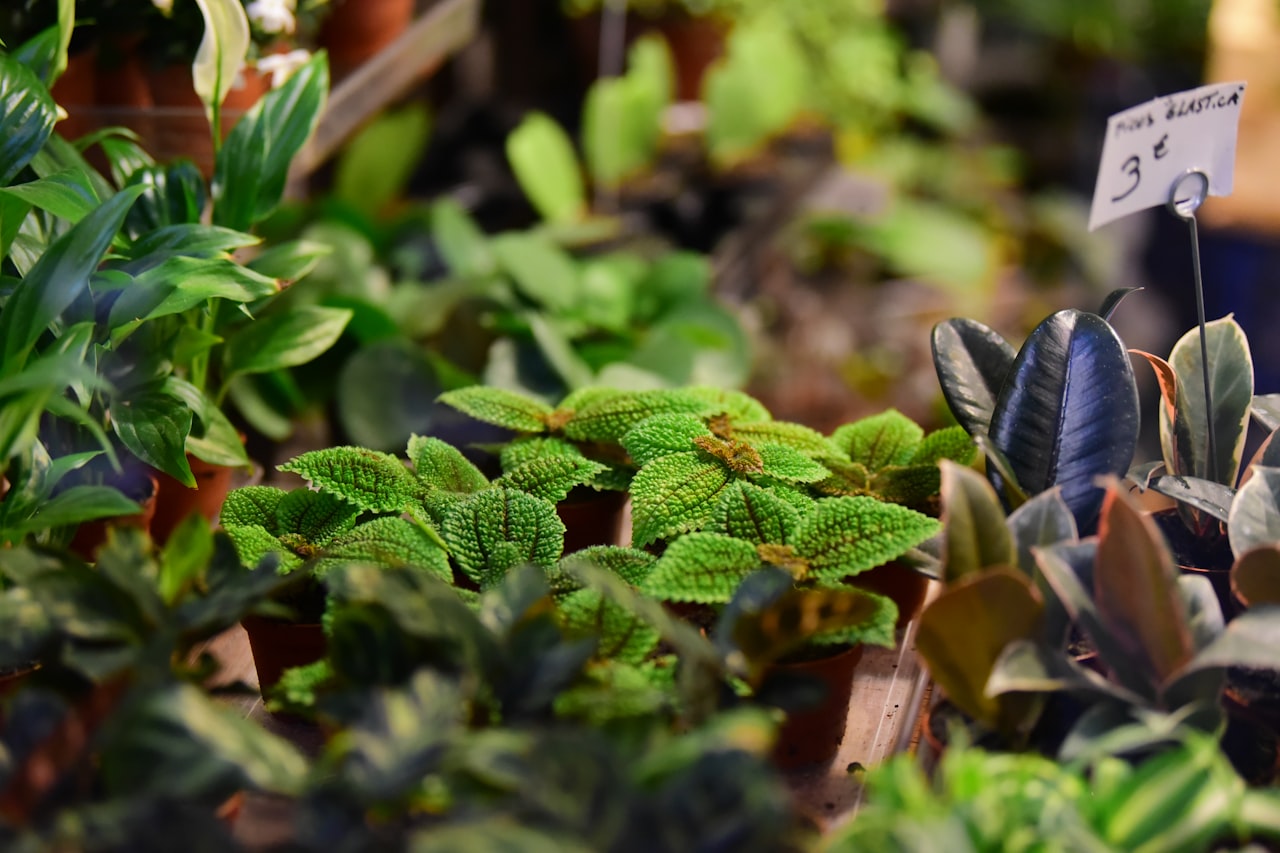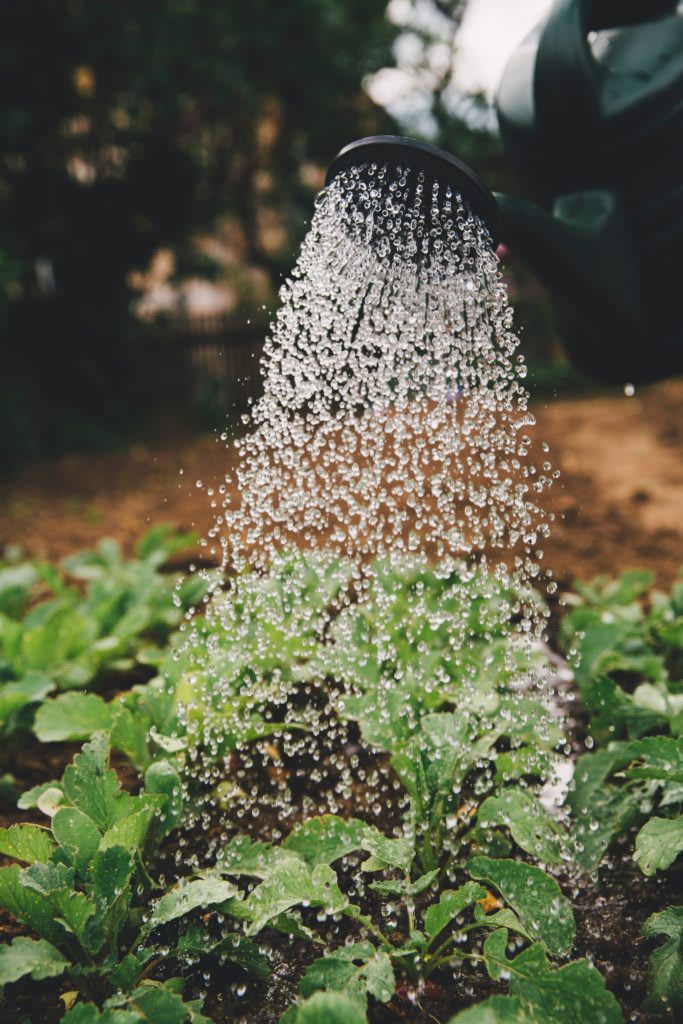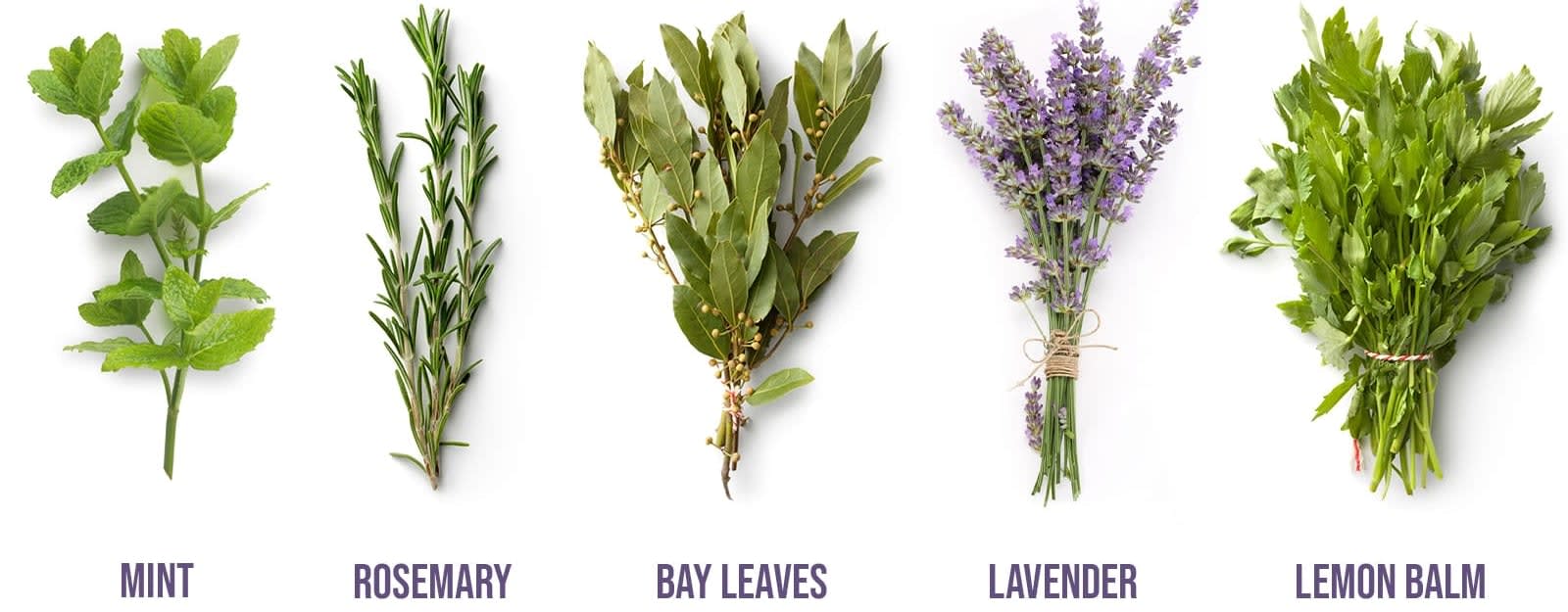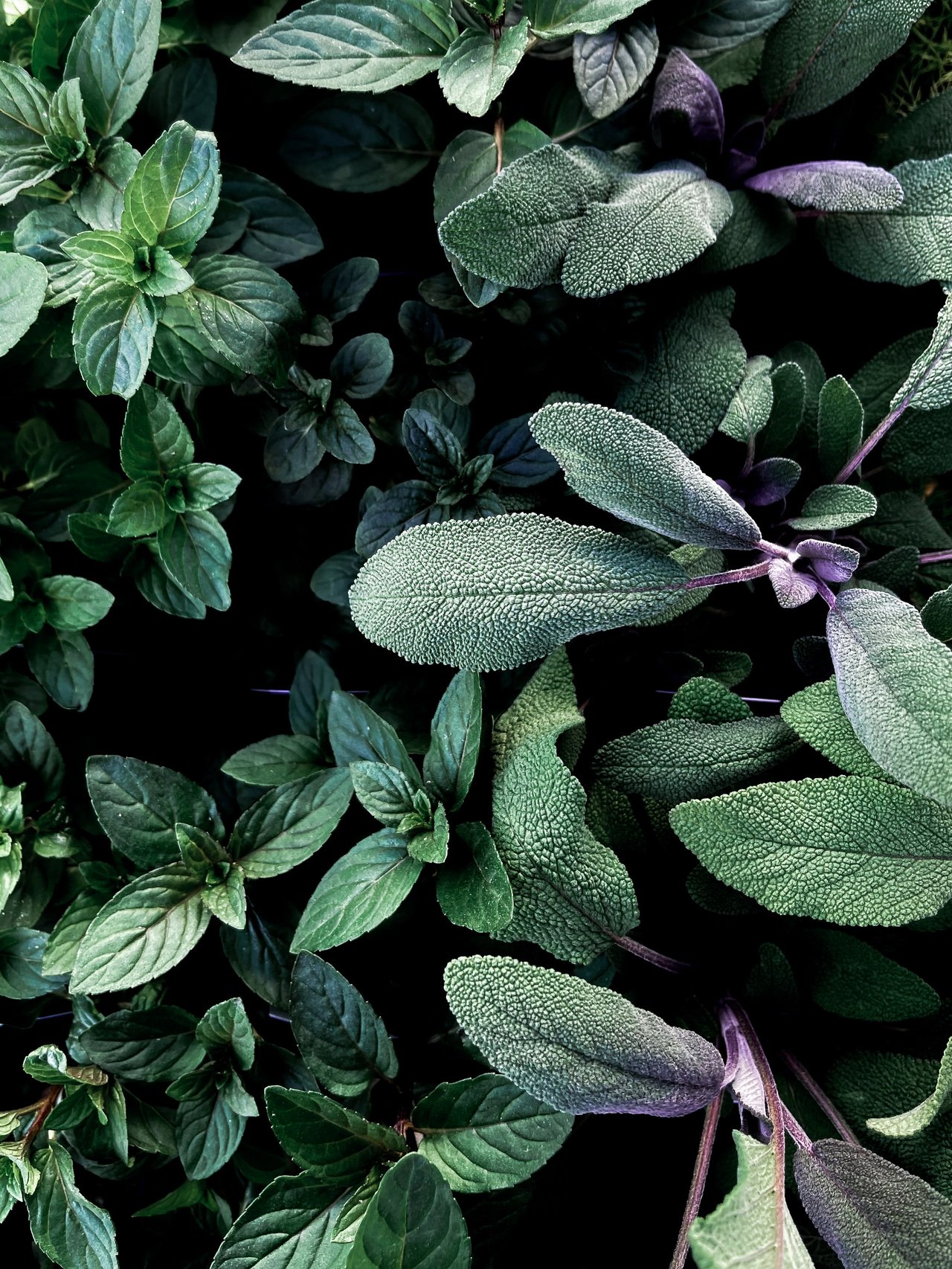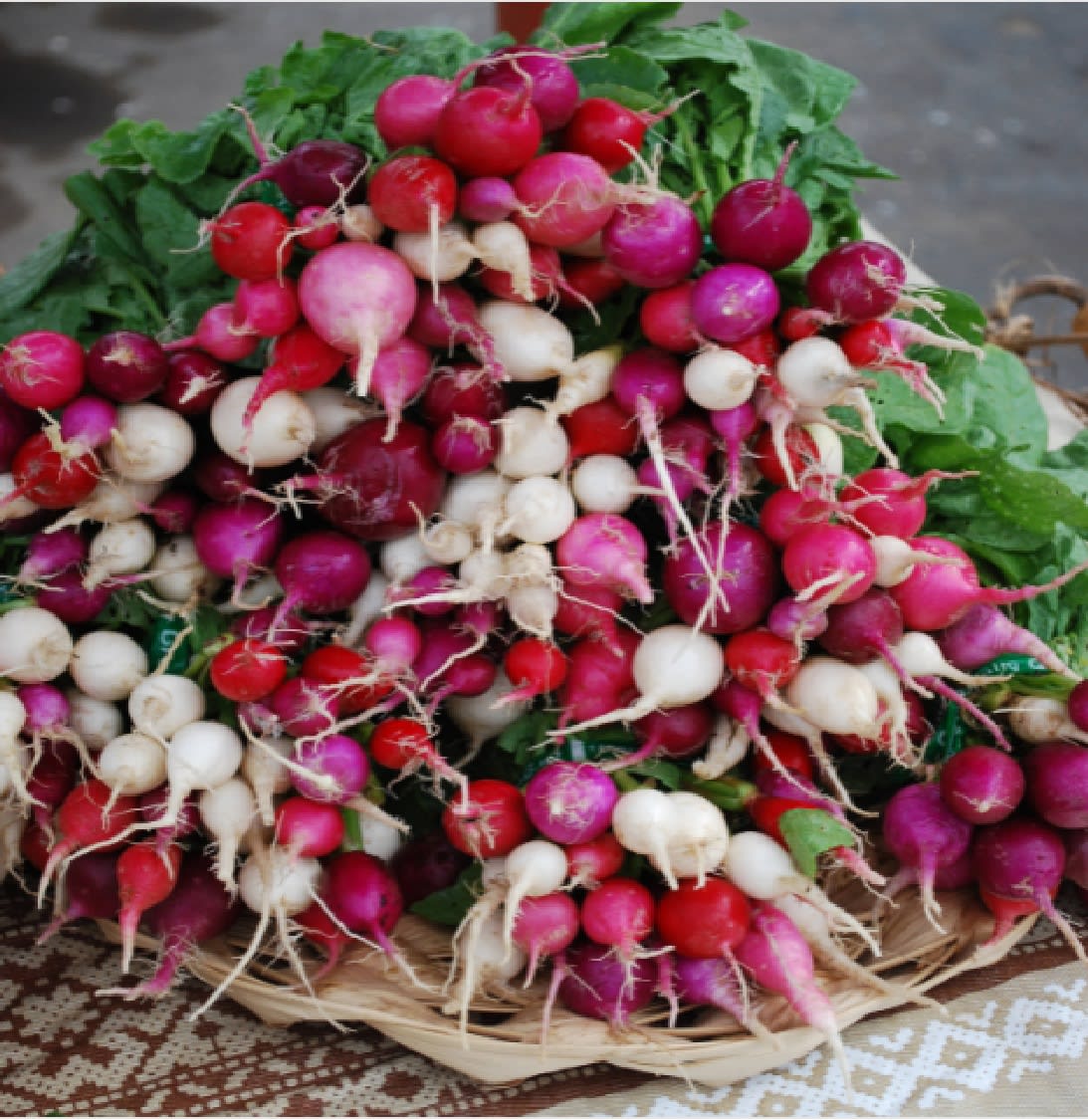Dram Apothecary’s Shae Whitney weighs in on her favorite windowsill companions.
Between their many edible and therapeutic uses, herbs just might be urbanites’ best use of soil space. “A windowsill is fine as long as it doesn’t get scorching light all day long,” says Shae Whitney, who grows some of the herbs found in the bitters and sparkling sodas she crafts for her Salida-based Dram Apothecary line. Here, a few of Whitney’s go-to potted herbs (which prefer well-draining soil and weekly watering)—plus how to put them to good use.
Grow: Mint
Because: This drought-tolerant mojito essential should always be grown in a pot; otherwise, it will take over gardens like a weed.
Use It Up: Freeze leaves with water in ice cube trays to make pretty additions to summertime beverages, or make mint sugar for tea by blending about ¹/3 cup of sugar with 10 mint leaves.
Grow: Rosemary
Because: This fragrant evergreen shrub is hardy and even sprouts flowers.
Use It Up: To create a nutritive hair rinse, throw a handful of sprigs into a mason jar with apple cider vinegar, let them soak for at least two weeks, and strain out the herbs. Or, infuse olive oil to drizzle over pasta.
Grow: Bay Leaves
Because: These large leaves are as useful as they are fragrant.
Use It Up: Pluck and use fresh or dried leaves in a multitude of recipes. Contrary to popular belief, bay leaves aren’t toxic, but you might want to discard them before serving dishes to avoid biting on their stiff texture.
Grow: Lavender
Because: Unlike humans, insects do not like the smell of lavender, so growing it inside can help keep flies outdoors.
Use It Up: Place sachets of dried lavender under your pillow to help induce sleep, or in your drawers to freshen clothing. You can also hang a fresh bunch under your showerhead for a relaxing experience.
Grow: Lemon Balm
Because: Its cheery lemon scent is reason enough to keep this perennial herb (in the same family as mint) in easy sniffing range.
Use It Up: Just a few leaves are the perfect touch to brighten up a salad or garnish mocktails or cocktails.
Herbal Remedy
Put your herbs to work with this “oxymel” (a digestive-system tonic) recipe from Catharine McCord of the Denver Botanic Gardens. McCord is an adult programs coordinator for DBG and usually oversees its Herbalism Certificate Program, which would have been in its second year this year.
- 1 tablespoon chopped rosemary
- 1 tablespoon thyme leaves, separated from the stems
- 1 tablespoon chopped garlic
- 2 tablespoons chopped or grated turmeric
- 2 tablespoons chopped or grated ginger
- 1 ½ cups organic apple cider vinegar
- ½–1 cup raw local honey
- Pinch of pepper
1. Place the first five ingredients in a 16-ounce canning jar and cover with three to four inches of organic apple cider vinegar. Place a piece of plastic wrap or parchment paper over the top before covering with the lid and shaking the jar.
2. Let sit for three to four weeks, shaking the jar a few times a week to make sure all the ingredients are covered by the vinegar.
3. Strain out the solids.
4. Add honey to taste—up to equal parts honey and vinegar—to the strained liquid. Warming the honey slightly will help it mix with the vinegar.
5. Drink one tablespoon daily as a digestive tonic by itself or diluted in sparkling or still water; substitute it for vinegar in salad dressings; or add some to cocktails for an extra kick. The oxymel will keep for several months stored in a pantry or refrigerator.
Thank you JESSICA LARUSSO at 5280 Magazine for gathering this great information!
